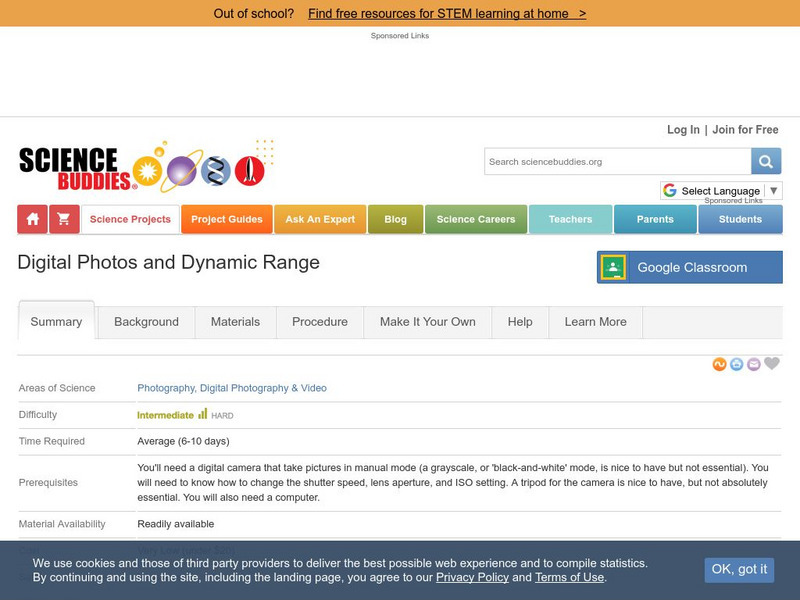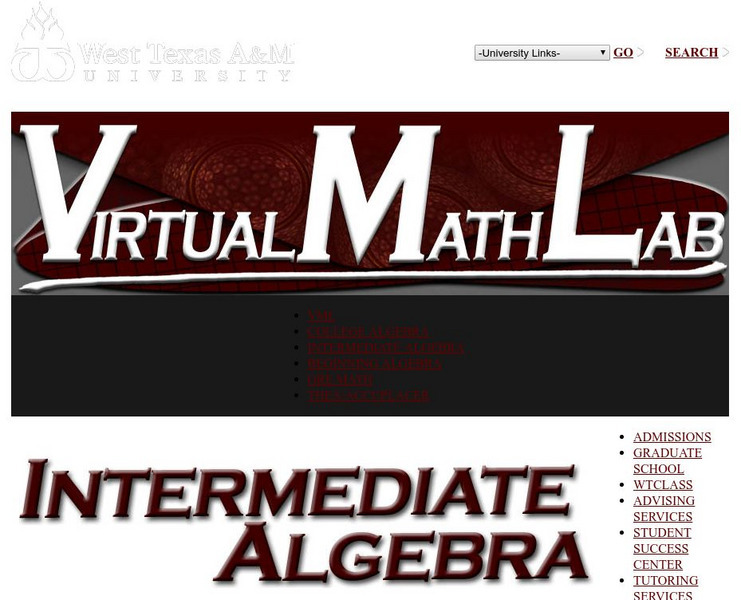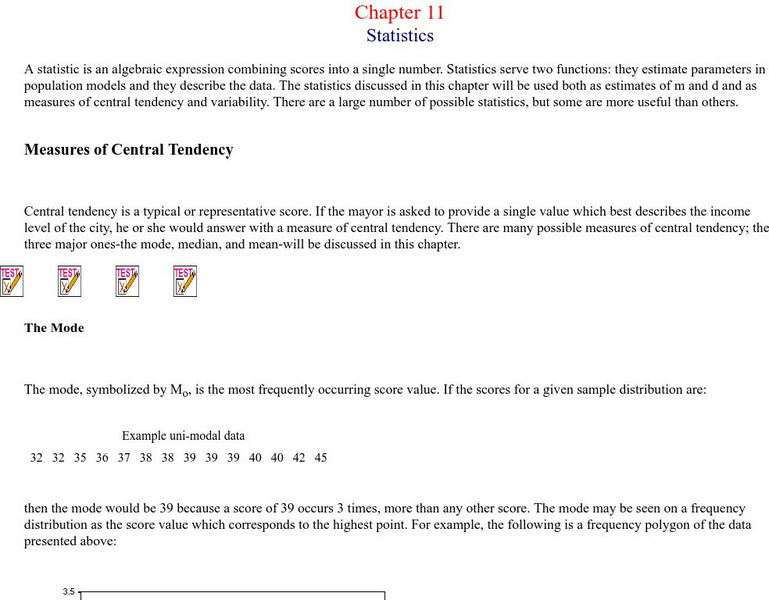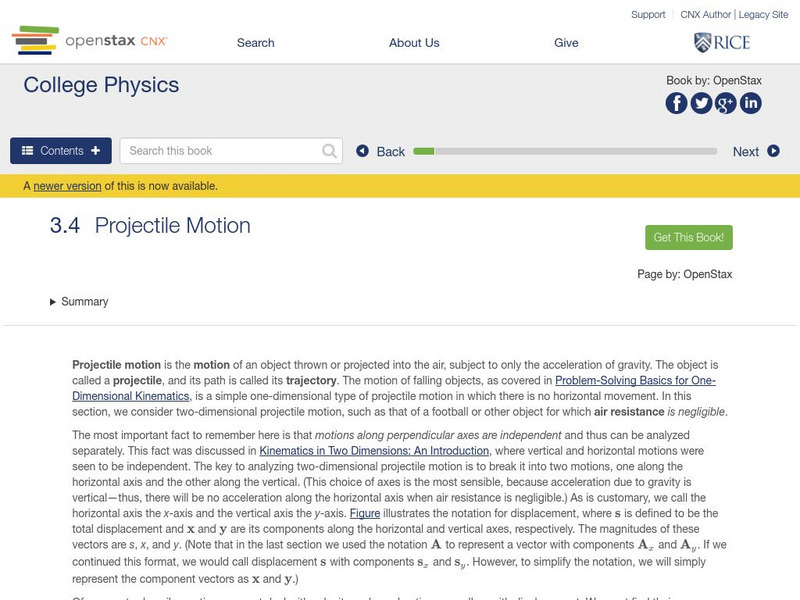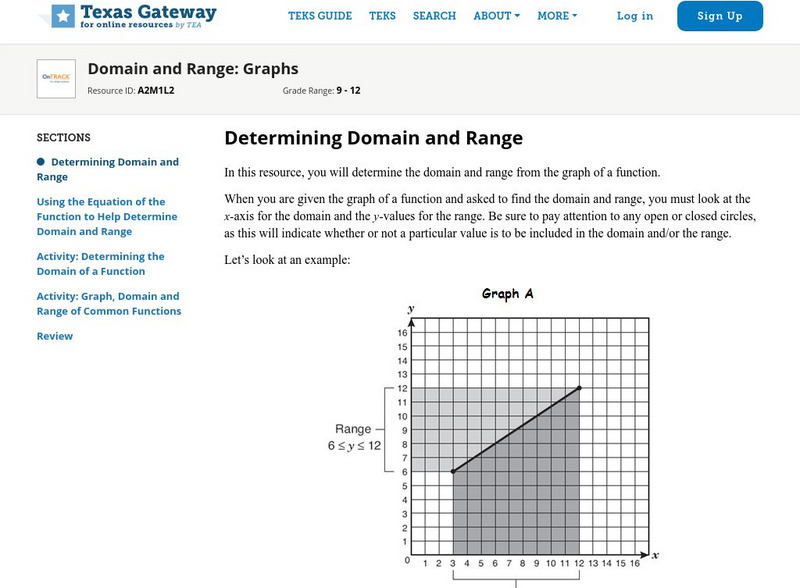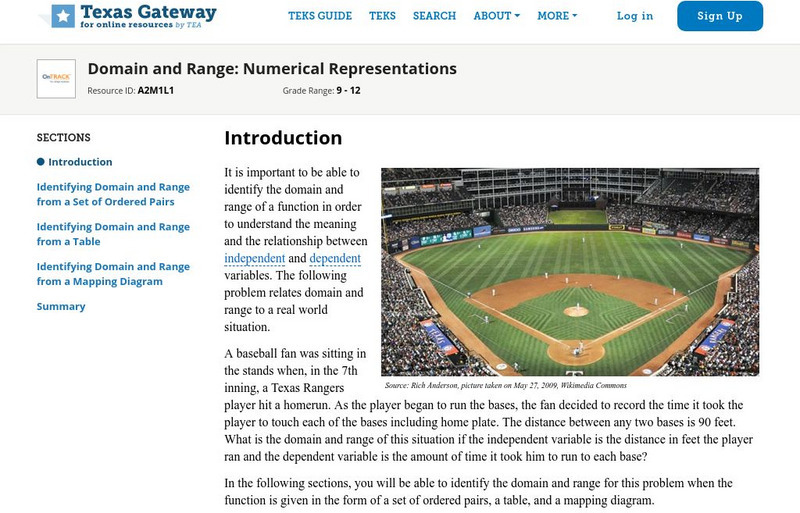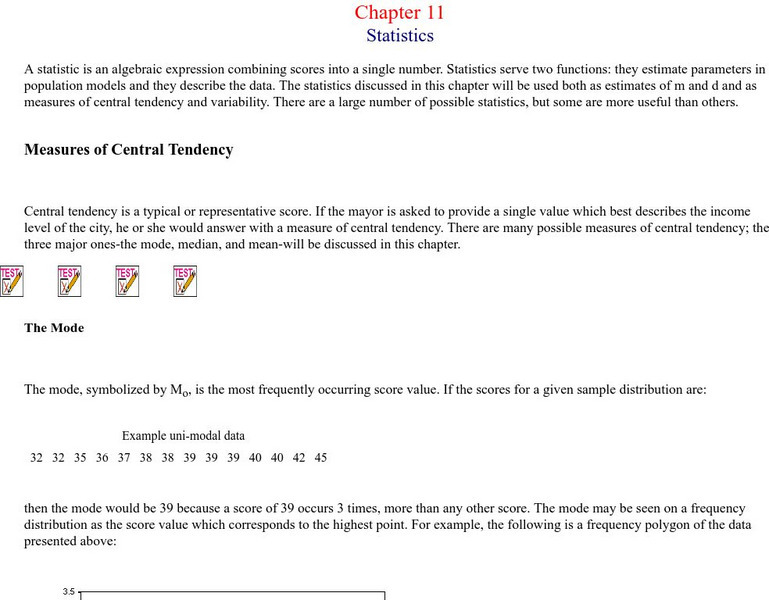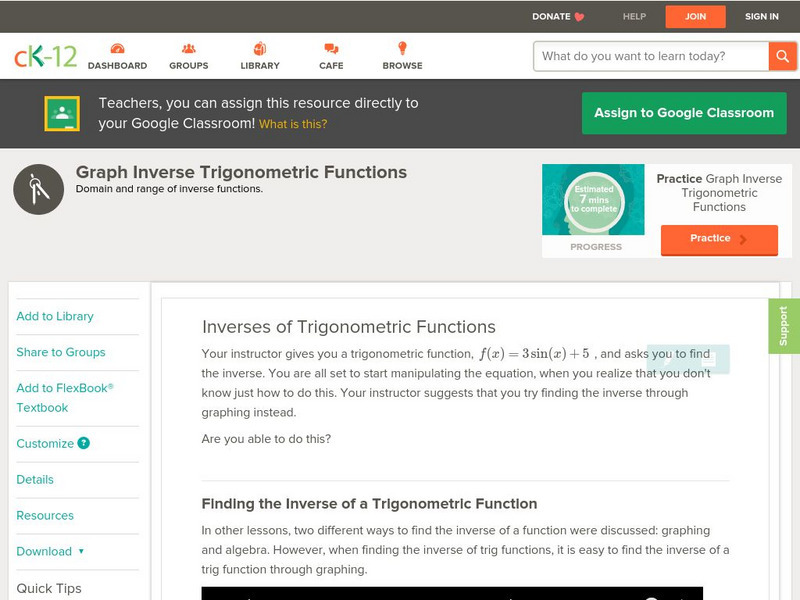Curated OER
Not Just an Average Class
Fourth graders work together to find the median, mode, and mean of their first and last names using a numerical code in this fun, interactive lesson plan. After a lecture/demo, 4th graders utilize a worksheet imbedded in this plan to...
Curated OER
Range and Measures of Central Tendency
Third graders take notes on a PowerPoint presentation featuring calculating and analyzing data. They practice skills highlighted in the presentation and create a table in Microsoft Excel showing data analysis.
Curated OER
Mind Your Business
Students explore how to identify the range, median, and mode in a list of numbers by using concrete materials.
Curated OER
Probability: the Study of Chance
Students experiment to determine if a game is fair, collect data, interpret data, display data, and state and apply the rule for probability. Students use a simple game for this experiment.
Curated OER
Calculating Range for a Constant Velocity
Students read an explanation from the NASA Web-based "textbook", The Beginner's Guide to Aerodynamics, then use the information in combination with data from other Web sites to solve single variable equations for distance (range), time,...
PBS
Pbs Learning Media: Average Practice Time
In this video segment from TV411, figure skaters compute their average daily practice time.
PBS
Pbs Learning Media: Using Data Clusters to Find Hacker
The CyberSquad searches for Hacker's castle based on a survey of where town residents have last seen him in this video from Cyberchase.
PBS
Pbs Learning Media: Restocking Shoes
In this video from Cyberchase, Bianca uses data on past shoe sales to help her decide what quantities of each size she should order in the next shipment.
Science Buddies
Science Buddies: Digital Photos and Dynamic Range
Digital cameras can be a great way to learn about photography. Most digital cameras today have LCD screens, so you get instant feedback on your photo. If you make a mistake, no problem, you just delete the picture. It's nice that you...
Texas A&M University
Wtamu Virtual Math Lab: Intermediate Algebra
This site is a tutorial for students in algebra 2 or for those who need a refresher. The site has explanations, definitions, examples, practice problems and practice tests are found covering topics such as linear equations, graphing,...
Missouri State University
Missouri State University: Introductory Statistics: Statistics
This is an excellent resource on what the science of statistics involves. There are all kinds of definitions, examples, graphs, and charts to learn from. The topics covered include: mode, mean, median, skewed distributions and measures...
McGraw Hill
Glencoe: Self Check Quizzes 1 Median, Mode and Range
Use Glencoe's randomly generated self-checking quiz to test your knowledge of median, mode and range. Each question has a "Hint" link to help. Choose the correct answer for each problem. At the bottom of the page click the "Check It"...
OpenStax
Open Stax: Projectile Motion
The following interactive helps students understan how to identify and xplain the properties of a projectile, such as acceleration due to gravity, range, maximum height, and trajectory. They will determine the location and velocity of a...
TeachEngineering
Teach Engineering: Club Function
Students explore the definition of a function by playing an interactive game called "Club Function." The goal of the game is to be in the club! With students each assigned to be either a zebra or a rhinoceros, they group themselves...
Varsity Tutors
Varsity Tutors: Hotmath: Practice Problems: Relations and Functions
Hotmath provides 25 practice problems dealing with relations, functions, and their graphs. Each of the practice problems include a step-by-step guide for solving their Algebraic problem.
Texas Education Agency
Texas Gateway: Determining Reasonable Domains and Ranges (Verbal/graph)
Given a graph and/or verbal description of a situation (both continuous and discrete), the student will identify mathematical domains and ranges and determine reasonable domain and range values for the given situations.
Texas Education Agency
Texas Gateway: Domain and Range: Graphs
Given a function in graph form, identify the domain and range using set notation, interval notation, or a verbal description as appropriate.
Texas Education Agency
Texas Gateway: Domain and Range: Numerical Representations
Given a function in the form of a table, mapping diagram, and/or set of ordered pairs, the student will identify the domain and range using set notation, interval notation, or a verbal description as appropriate.
Education Development Center
Math Partners: Statistics and Probability [Pdf]
Comprehensive unit that consists of lessons and activities designed to help students learn statistics and probability concepts.
University of Texas
Inside Mathematics: Baseball Players [Pdf]
This task challenges students to demonstrate understanding of the concept of measure of center.
Missouri State University
Missouri State University: Introductory Statistics: The Normal Curve
Provides lengthy explanations of the measures of central tendencies - mean, mode, and median - and the measures of variability - range, variance, standard deviation - are given here. Graphs of interesting "side items" are presented as...
Missouri State University
Missouri State U.: Statistics: Measures of Central Tendency and Variability
Provides lengthy explanations of the measures of central tendency - mean, mode, and median - and the measures of variability - range, variance, standard deviation. Graphs of interesting examples are presented as well, skewed...
Paul Dawkins
Paul's Online Notes: Algebra: The Definition of a Function
Detailed math tutorial features definitions and examples that take a look at relations and functions, function notation, the domain and range of a function, and piecewise functions.
CK-12 Foundation
Ck 12: Trigonometry: Inverses of Trigonometric Functions
[Free Registration/Login may be required to access all resource tools.] Here you'll learn how to find the domain and range of inverse trigonometric functions by utilizing the reflection principle.








